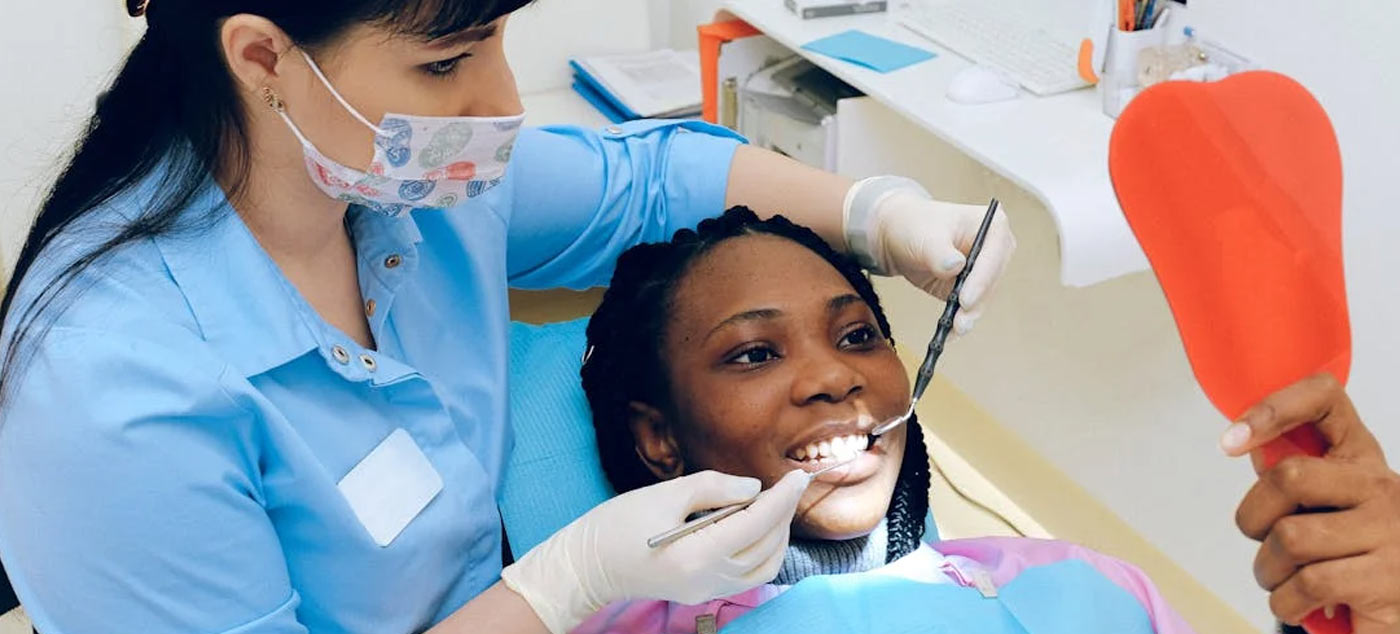Oral Hygiene for Kids: From Teething to Teens: Age-appropriate oral care tips and tricks for parents.
A healthy smile is a gift that lasts a lifetime, and it all starts with establishing good oral hygiene habits early in childhood. From the first tiny tooth to the teenage years, this guide will provide age-appropriate tips and tricks to help parents navigate the world of kids’ oral health and set their children up for a lifetime of bright smiles.
Infants (0-12 Months): Teething Troubles and Gum Care
Even before teeth erupt, caring for your baby’s gums is essential.
- Gum Cleaning: Gently wipe your baby’s gums with a clean, damp cloth or a soft infant toothbrush after each feeding.
- Teething Relief: Offer chilled teething rings or a clean, wet washcloth to soothe sore gums. Avoid using numbing gels or medications unless advised by your pediatrician.
- First Tooth, First Visit: Schedule your baby‘s first dental visit within six months of the eruption of their first tooth, or by their first birthday, whichever comes first.
Toddlers (1-3 Years): Brushing Basics and Fun Habits
As those adorable little teeth emerge, it’s time to introduce a toothbrush and make brushing a fun part of the daily routine.
- Choosing the Right Brush: Select a soft-bristled toothbrush designed for toddlers.
- Toothpaste Time: Use a smear of fluoride toothpaste (about the size of a grain of rice).
- Brushing Technique: Gently brush your toddler’s teeth in small circles, focusing on all surfaces. Let them “help” brush, but supervise and finish the job yourself.
- Making it Fun: Turn brushing into a game! Sing songs, use a timer, or let your toddler choose their toothbrush (within reason).
- No Bottles in Bed: Avoid putting your toddler to bed with a bottle, as this can lead to “baby bottle tooth decay.”
Preschoolers (3-5 Years): Learning to Brush Independently (with Supervision!)
Preschoolers are becoming more independent, but they still need your guidance and supervision when it comes to brushing.
- Learning to Spit: Teach your child to spit out toothpaste after brushing.
- Pea-Sized Amount: Use a pea-sized amount of fluoride toothpaste.
- Supervised Brushing: Let your child brush their own teeth, but supervise and help them reach all areas.
- Flossing Introduction: Introduce flossing once your child’s teeth are close together. You will likely need to assist with this until they have the dexterity to do it themselves.
School-Aged Children (6-12 Years): Mastering Oral Hygiene Skills
As children enter school, they should be able to brush and floss independently, but regular reminders and check-ins are still important.
- Brushing Twice a Day: Emphasize the importance of brushing at least twice a day, in the morning and before bed.
- Proper Flossing Technique: Teach your child the correct way to floss, ensuring they reach under the gum line.
- Healthy Habits: Encourage healthy eating habits and limit sugary drinks and snacks.
- Mouthguards for Sports: If your child participates in sports, talk to your dentist about a custom-fitted mouthguard to protect their teeth.
Teens (13-19 Years): Navigating Adolescence with a Healthy Smile
Teenagers may be more focused on other things than their oral health, so it’s essential to reinforce good habits and address any specific concerns.
- Continuing Education: Remind teens about the importance of brushing, flossing, and regular dental checkups.
- Addressing Concerns: Talk to your teen about any oral health concerns they may have, such as braces, wisdom teeth, or bad breath.
- Healthy Lifestyle Choices: Discuss the impact of smoking, vaping, and sugary drinks on oral health.
- Oral Piercings: If your teen has oral piercings, discuss the risks and proper care.
Tips for Making Oral Hygiene Fun and Engaging:
- Use Fun Toothbrushes: Let your child choose a toothbrush with their favorite character or a fun design.
- Play Music While Brushing: Make brushing time more enjoyable by playing their favorite songs.
- Use a Brushing Chart: Create a chart to track brushing and flossing progress and offer rewards for consistent good habits.
- Read Books About Oral Health: There are many engaging children’s books that teach the importance of oral hygiene.
- Set a Good Example: Let your children see you brushing and flossing regularly.
Remember, establishing good oral hygiene habits in childhood is an investment in your child’s future health and well-being. By following these age-appropriate tips and making oral care a fun and engaging part of their daily routine, you can help your children develop healthy smiles that will last a lifetime. Don’t hesitate to consult with your dental hygienist or dentist for personalized advice and guidance. They are your partners in ensuring your child’s optimal oral health.



